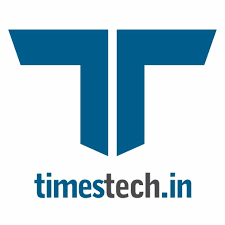Fuelling The Transformation
Driving Global Manufacturing And Supply Chain Operations
Unlocking excellence by driving efficiency, ensuring quality, and fostering sustainability across global manufacturing and supply chains through visibility and intelligence

Clients Served

Devices Connected

Facilities Enabled
How BCI is Powering the Future of Intelligent Supply Chains
.png)
Comprehensive Intelligent Solutions for Enterprises
Solutions that drive man, machine, method & material
Clients We Work With
Our Technologies
Industries we serve
What are you looking to solve?
Industry Based Software Requirements
Our Partners
Our News & Articles

26 Aug 2025
How inventory control is redefined by WMS in a technologically advanced world

26 Aug 2025
Driving quality assurance: Leveraging MES and emerging technologies for robust quality control

26 Aug 2025
How automation and IoT are revolutionizing automotive Industry and transforming workflows

26 Aug 2025
The role of AI in driving quality assurance: Harnessing emerging technologies for precision control
Get in Touch
Ready to take your business to the next level with BCI (Bar Code India)? We're just a phone call or email away.































